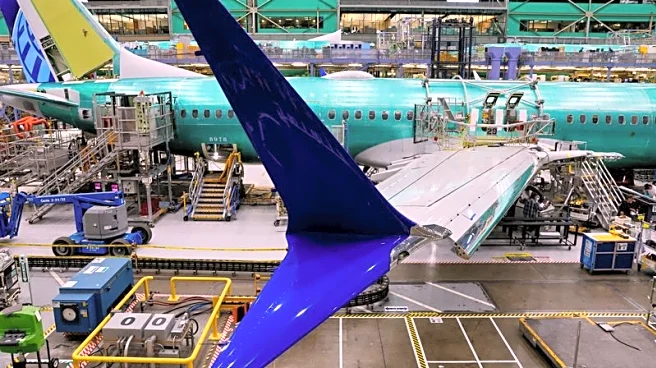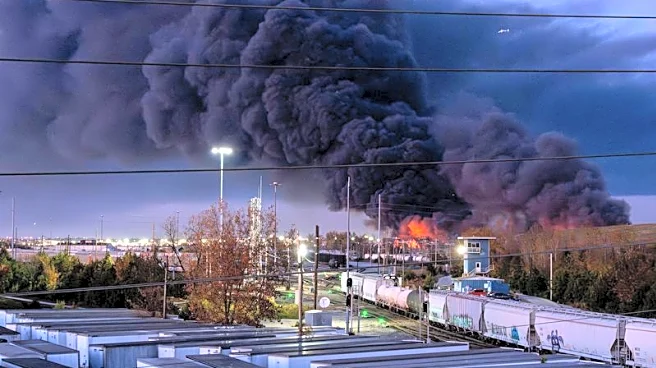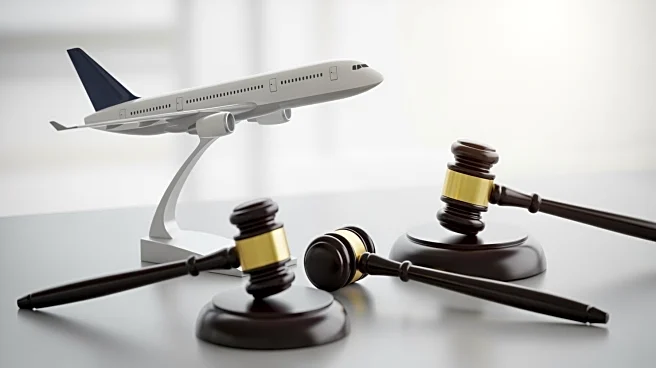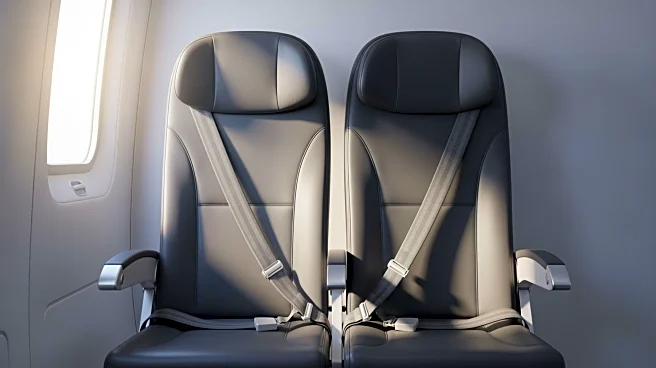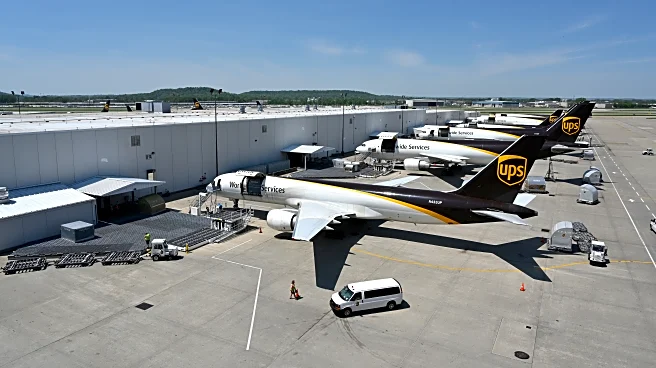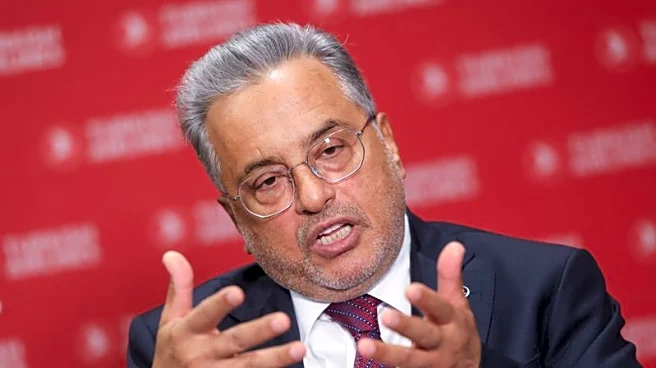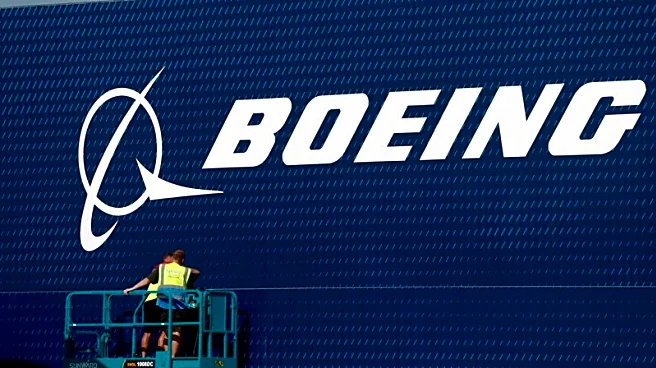What's Happening?
Boeing has reached a settlement agreement with the U.S. Justice Department, avoiding criminal charges related to the fatal crashes of two 737 Max jets. The settlement involves a $1.1 billion payment, including
fines and compensation for crash victims' families. U.S. District Judge Reed O’Connor approved the non-prosecution agreement, despite expressing concerns about accountability and public safety. The agreement requires Boeing to admit to conspiracy to obstruct the Federal Aviation Administration's operations but does not constitute a guilty plea. Boeing will also invest in compliance, safety, and quality programs as part of the settlement.
Why It's Important?
The settlement marks a significant step for Boeing in resolving legal issues stemming from the 737 Max crashes, which severely impacted the company's reputation and finances. By avoiding criminal charges, Boeing can focus on rebuilding trust with regulators, customers, and the public. The financial penalties and investments in safety programs are intended to prevent future incidents and improve operational standards. However, the decision has faced criticism from crash victims' families and advocates who argue that it lacks sufficient accountability for the tragedies. The outcome may influence future regulatory and legal approaches to aviation safety and corporate responsibility.
What's Next?
Boeing is expected to implement the terms of the settlement, including the appointment of an independent compliance consultant to oversee improvements in its anti-fraud compliance and ethics program. The consultant will report findings directly to the government, ensuring ongoing oversight. Meanwhile, some crash victims' families plan to challenge the settlement in court, seeking harsher penalties for Boeing. The case may continue to evolve as legal proceedings unfold, potentially impacting Boeing's operations and public perception. Industry stakeholders will be watching closely to see how Boeing addresses safety concerns and restores confidence in its aircraft.




